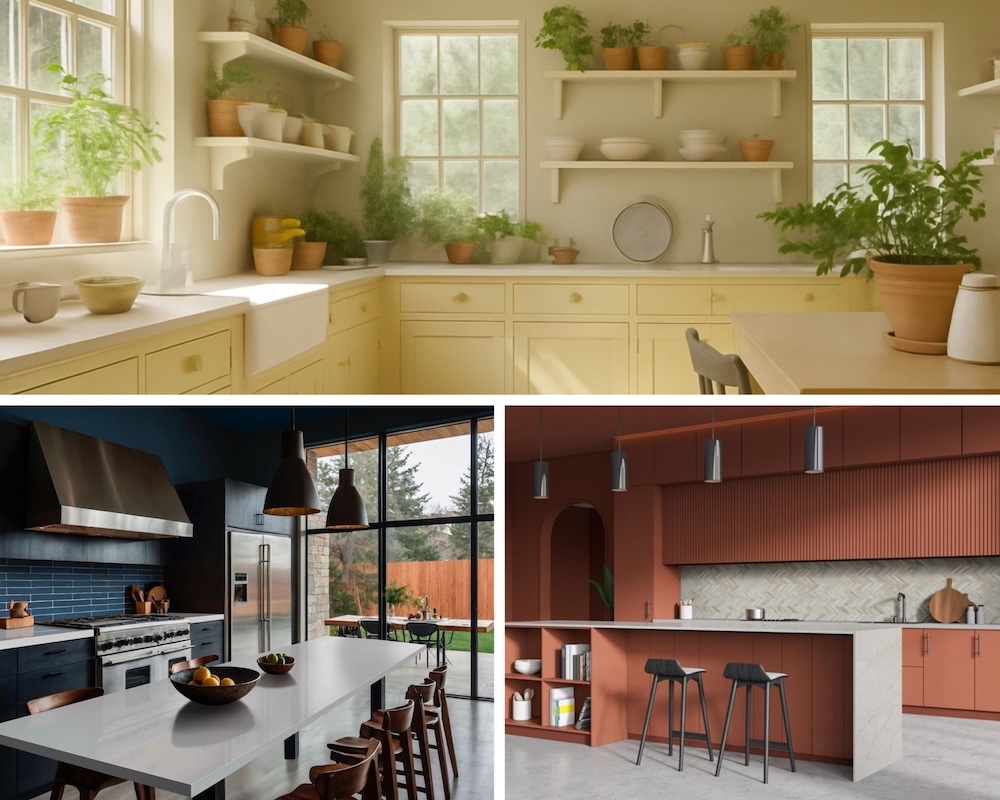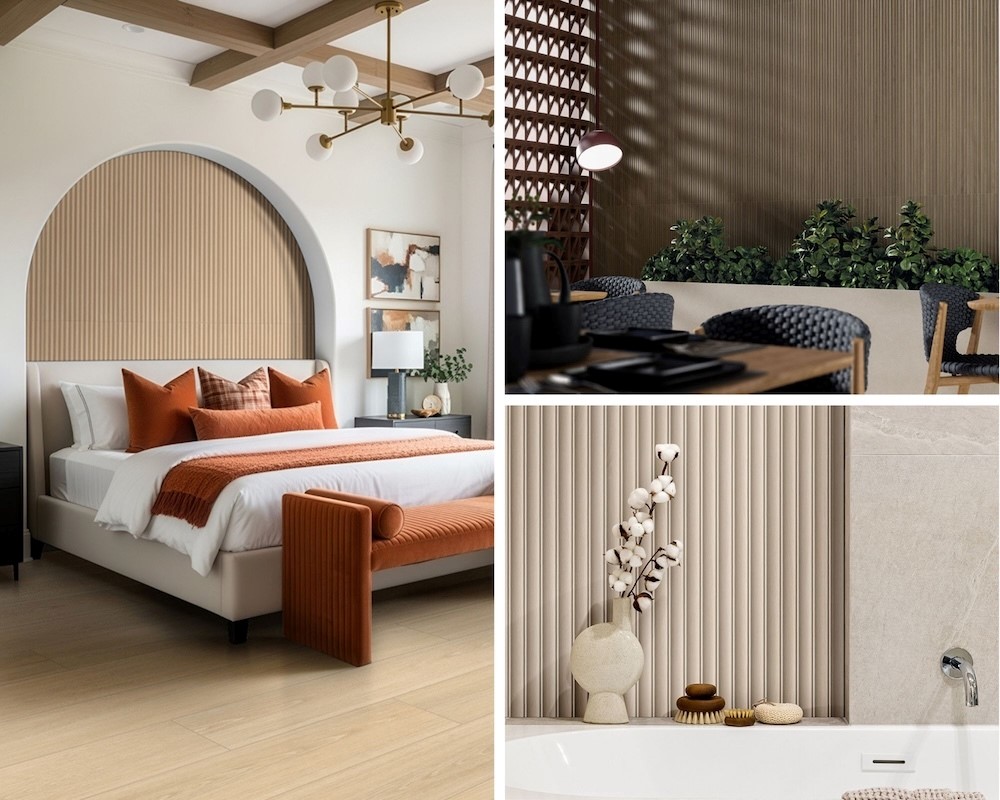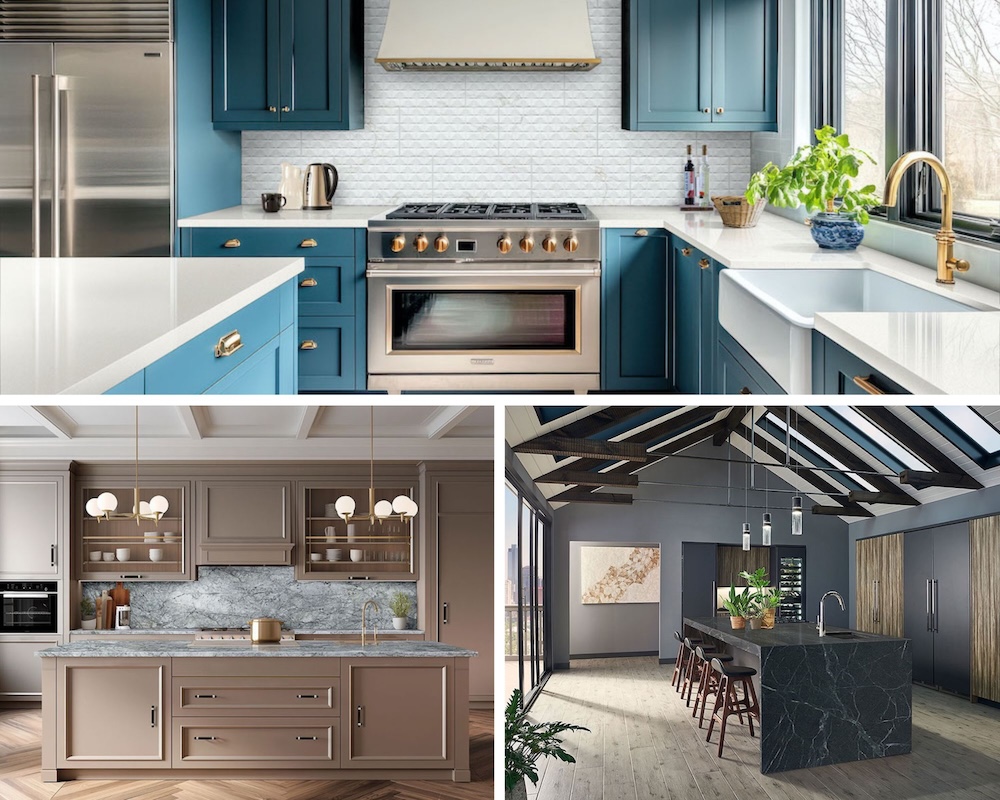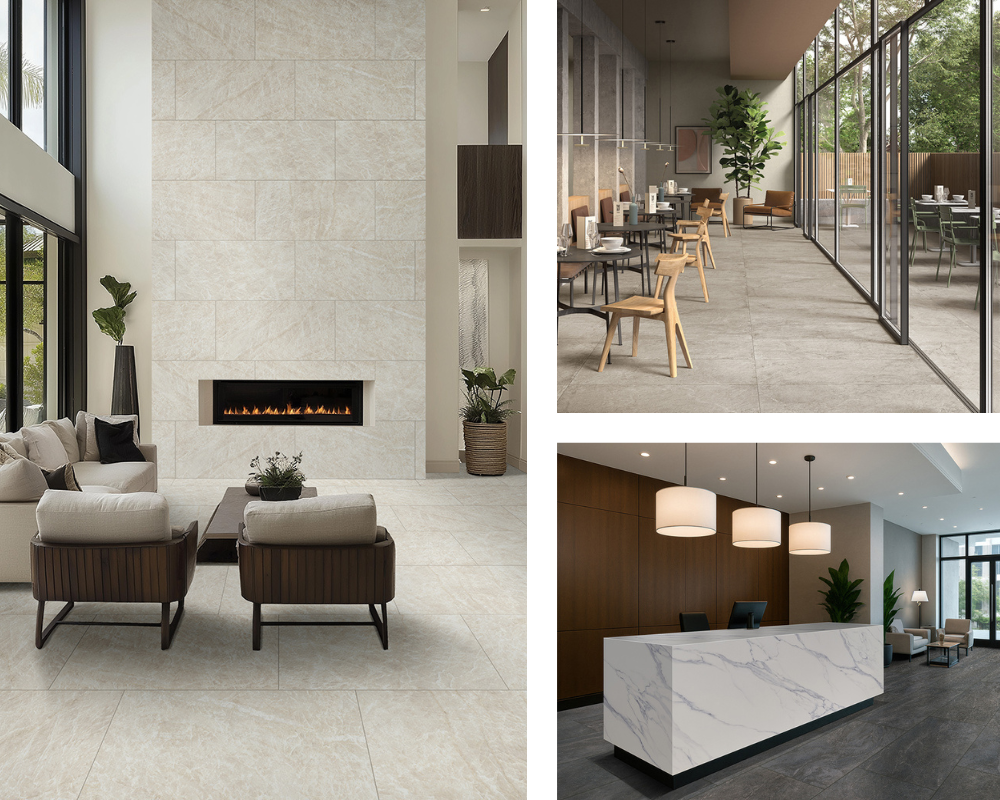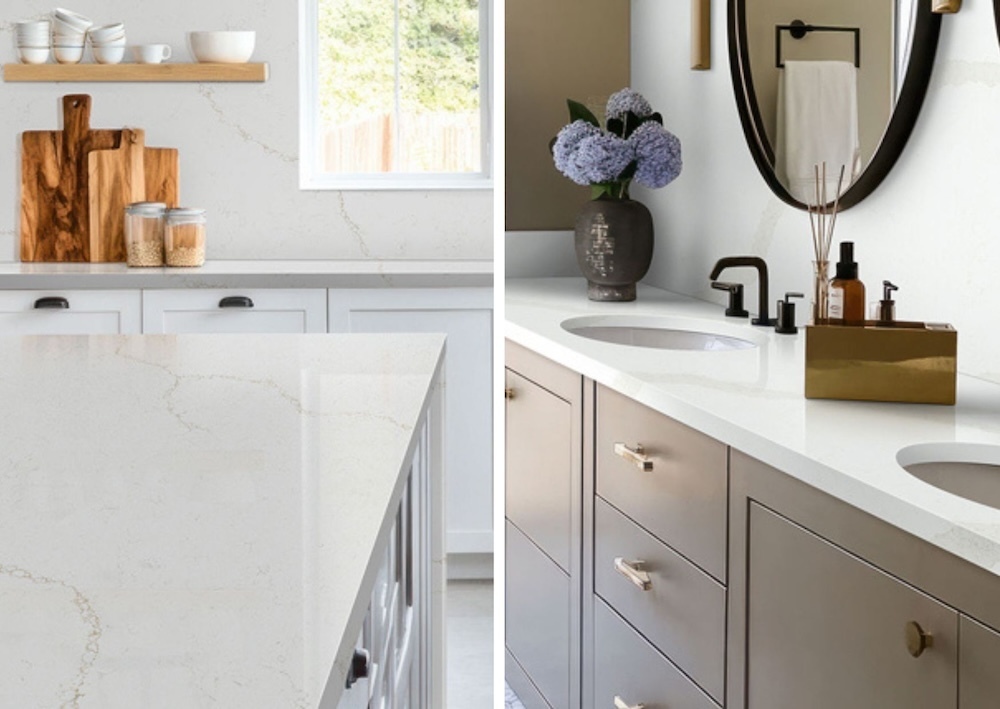Popular
Exploring The Biophilia Trend: Designing With Nature-Inspired Materials
Biophilic design has become one of today’s most inspiring and impactful interior movements. With wellness a ...
Read MoreMSI 2025 Trends Report: Color Drenching
Color drenching—a bold and immersive design trend—is set to define homes in 2025. interiors. This col ...
Read More
Granite Countertops
The 10 Most Popular Granite Countertop Colors For 2026
The enduring appeal of granite countertops continues to lead ...
Read More
Flooring
The Clean Look Of Mccarran® Engineered Hardwood In 7 New Colors
Wood flooring is a classic look for any home, thanks to natu ...
Read More
Porcelain and Ceramic Tile
Fluted Tile Expansion With 5 New Urbanslat Additions
Designing stylish home interiors entails visual variety that ...
Read More
#msisurfaces
POPULAR
The Essential Countertop Guide: Function And Fashion In The Kitchen
Choosing a countertop can be overwhelming, with seemingly endless options.This decision can significantly impact ...
Read More
Porcelain and Ceramic Tile
Elevate Your Bathroom With The Luxury Of Aqualume™ Tub & Shower Panels
Bathrooms today blend purpose and beauty, evolving into spac ...
Read More
Porcelain and Ceramic Tile
The Complete Commercial Tile Guide: From Basics To Specification
Commercial spaces—such as hospitality venues, offices, ...
Read More
Quartz Countertops
Why Super Jumbo Slabs? A Deep Dive Into Rusta™ & Belaros™ Quartz
In today’s evolving design landscape, quartz surfaces ...
Read More